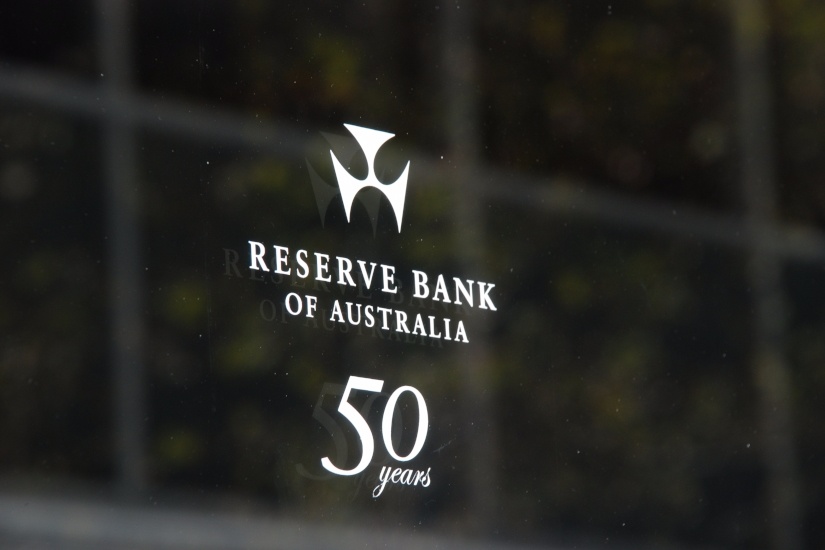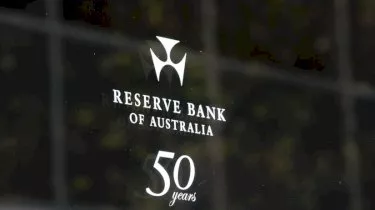Invest
Investors could exacerbate housing fall: RBA
Property investors don’t live in their investment properties, so in a housing fall they would be more inclined to sell and potentially exacerbate the decline, the Reserve Bank has said.
Investors could exacerbate housing fall: RBA
Property investors don’t live in their investment properties, so in a housing fall they would be more inclined to sell and potentially exacerbate the decline, the Reserve Bank has said.

Speaking in Sydney today, the assistant financial system governor at the Reserve Bank of Australia, Michele Bullock, argued that property investors have less incentive to pay down their debt and to hold onto their property in the instance of a housing fall.
“Indeed, the macro-financial risks are potentially heightened with investor lending. For example, since it is not their home, investors might be more inclined to sell investment properties in an environment of falling house prices in order to minimise capital losses,” she said.
“This might exacerbate the fall in prices, impacting the housing wealth of all home owners.”
Further, Ms Bullock said that as investors buy more new homes than owner-occupiers, investor appetite has the ability to intensify the housing construction cycle and render it prone to oversupply.

Conceding that it’s the high-income taxpayers who are more likely to possess investment properties, and as such have a greater capacity to absorb income or interest rate stings, she said it’s valuable to consider the risk of financial stress on these borrowers.
Ms Bullock said, “Investors have less incentive than owner-occupiers to pay down their debt … [and] many take out interest-only loans so that their debt does not decline over time.
“If housing prices were to fall substantially, therefore, such borrowers might find themselves in a position of negative equity more quickly than borrowers with an equivalent starting LVR [loan-to-value ratio] that had paid down some principal.”
Australian Taxation Office data has shown that the percentage of Australian taxpayers who invest in property has increased in the last few years, with 11 per cent of the adult population in 2014-15 owning an investment property. Of that proportion, 80 per cent of their properties were geared.
Commenting on these statistics, Ms Bullock noted that while the majority own just one investment property, the number of those with multiple properties is growing.
She continued, noting that there has been a “marked increase” in the percentage of geared investors over 60. However, “these factors do not necessarily increase the risk of financial stress but they bear watching”.
Additionally, while variable-rate interest-only rates have increased by 0.6 per cent since late 2016, that increase should still see investors reasonably comfortable given that lenders in recent years have been testing borrowers’ ability to withstand interest rates of at least 7 per cent.
However, a large volume of interest-only loans will expire over the next four years, meaning some borrowers will move to principal and interest plans while others may continue their interest-free period provided that they meet the lending standards, Ms Bullock said.
“There may, however, be some borrowers that do not meet current lending standards for extending their interest-only repayments but would find the step-up to principal and interest repayments difficult to manage,” she said.
“This third group might find themselves in some financial stress. While we think this is a relatively small proportion of borrowers, it will be an area to watch.”
Last week, the RBA flagged concerns that house price growth was outstripping income growth, and that this was contributing to a build-up of risk in household balance sheets.
With this in mind, the RBA governor Philip Lowe said, “While the Reserve Bank does not target housing prices or household debt, it would be a good outcome if we now experienced a run of years in which the rate of growth of housing costs and debt did not outstrip growth in our incomes in the way that they did over the past five years.”

Property
ANZ’s mortgage growth, profit slump: why volume without margin won’t pay the dividends
ANZ lifted home-lending volumes, yet profits fell under the weight of regulatory and restructuring costs—an object lesson in the futility of growth that doesn’t convert to margin and productivityRead more

Property
Rate pause, busy summer: where smart capital wins in Australia’s property market
With the Reserve Bank holding rates steady, the summer selling season arrives with rare predictability. Liquidity will lift, serviceability stops getting worse, and sentiment stabilises. The ...Read more

Property
The 2026 Suburb Thesis: A case study in turning trend lists into investable strategy
A new crop of ‘suburbs to watch’ is hitting headlines, but translating shortlist hype into bottom-line results requires more than a map and a mood. This case study shows how a disciplined, data-led ...Read more

Property
From signals to settlements: A case study in turning property insight into investable action
Investor confidence is rebuilding, first-home buyers are edging back, and governments are pushing supply — yet most property players still struggle to convert signals into decisive movesRead more

Property
Australia’s rental choke point: why record-low vacancies are now a boardroom issue
A tightening rental market is no longer just a housing story—it’s a macro risk, a labour challenge and a strategic opening for capital. With vacancies near historic lows and rents still rising, ...Read more

Property
Rents are rewriting the inflation playbook: what record‑low vacancies mean for Australian business
Australia’s rental market is so tight that housing costs are now a primary transmission channel for inflation and interest rates. This isn’t just a property story; it’s a business risk story—affecting ...Read more

Property
Off-market real estate is going mainstream — and changing the rules of dealmaking
With public listings tight and sales still climbing, Australia’s investors are shifting to off-market channels that reward speed, networks and data advantage. The playbook is closer to private equity ...Read more

Property
Australia’s rental squeeze is now a business problem: inflation, capacity and the new growth calculus
Record-low rental vacancies are no longer just a social headline – they’re reshaping cost structures, wage dynamics and capital allocation across corporate Australia. With economists warning of a ...Read more

Property
ANZ’s mortgage growth, profit slump: why volume without margin won’t pay the dividends
ANZ lifted home-lending volumes, yet profits fell under the weight of regulatory and restructuring costs—an object lesson in the futility of growth that doesn’t convert to margin and productivityRead more

Property
Rate pause, busy summer: where smart capital wins in Australia’s property market
With the Reserve Bank holding rates steady, the summer selling season arrives with rare predictability. Liquidity will lift, serviceability stops getting worse, and sentiment stabilises. The ...Read more

Property
The 2026 Suburb Thesis: A case study in turning trend lists into investable strategy
A new crop of ‘suburbs to watch’ is hitting headlines, but translating shortlist hype into bottom-line results requires more than a map and a mood. This case study shows how a disciplined, data-led ...Read more

Property
From signals to settlements: A case study in turning property insight into investable action
Investor confidence is rebuilding, first-home buyers are edging back, and governments are pushing supply — yet most property players still struggle to convert signals into decisive movesRead more

Property
Australia’s rental choke point: why record-low vacancies are now a boardroom issue
A tightening rental market is no longer just a housing story—it’s a macro risk, a labour challenge and a strategic opening for capital. With vacancies near historic lows and rents still rising, ...Read more

Property
Rents are rewriting the inflation playbook: what record‑low vacancies mean for Australian business
Australia’s rental market is so tight that housing costs are now a primary transmission channel for inflation and interest rates. This isn’t just a property story; it’s a business risk story—affecting ...Read more

Property
Off-market real estate is going mainstream — and changing the rules of dealmaking
With public listings tight and sales still climbing, Australia’s investors are shifting to off-market channels that reward speed, networks and data advantage. The playbook is closer to private equity ...Read more

Property
Australia’s rental squeeze is now a business problem: inflation, capacity and the new growth calculus
Record-low rental vacancies are no longer just a social headline – they’re reshaping cost structures, wage dynamics and capital allocation across corporate Australia. With economists warning of a ...Read more








